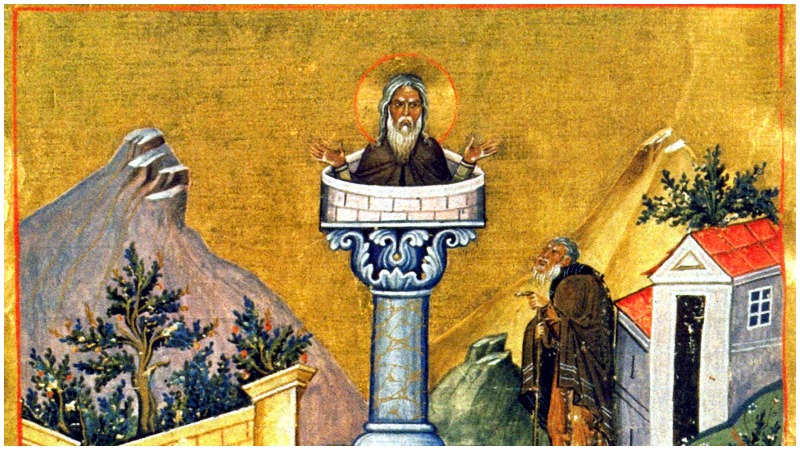Many people are familiar with tales of the Indian yogis who can remain in one position for days or weeks.
Some yogis and Buddhist monks have been capable of slowing their heartbeats down to the point that they’re virtually undetectable.
Most of the tales involving these feats of meditation, discipline and prayer involve Eastern religions, such as Hinduism and various branches of Buddhism.
But 1700 years ago, a series of Christian devotees performed an act of discipline so extreme that acts of the yogis and monks mentioned above pale in comparison.
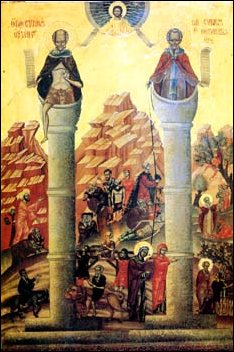
What did they do? They sat atop pillars. For years. Well, actually, for decades. The first and most famous of these men sat atop a pillar for thirty-seven years! That’s older than some of you reading this have been on this Earth. This man and others like him are known to history as the “Stylites,” a word which comes from the Greek word “stylos,” meaning “pillar.” “Stylites” means “pillar dweller.”
In the 4th century AD, Christianity was a relatively new religion and had only been accepted by the ruling Roman Empire a century before. In the East, extreme asceticism took hold among some of the believers.
Some elements of asceticism must have been present in the religions and beliefs of the people in the Middle East of the time, for the same time of hardship never really developed in the West. Some pilgrims from the Eastern Roman Empire did apparently travel to Western Europe with the intent of introducing it, but it never really caught on.
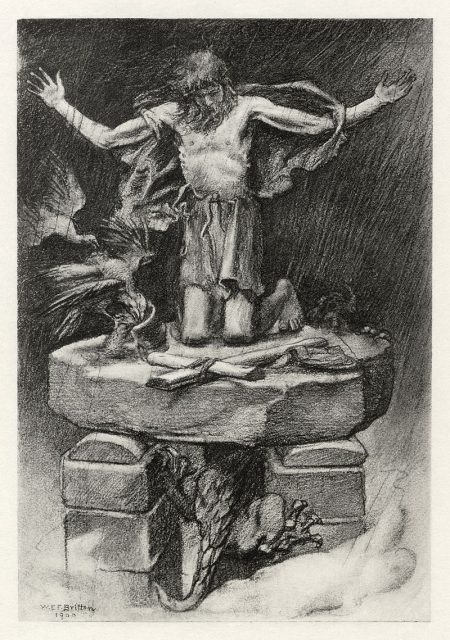
This voluntary religious hardship took many forms. For some this involved literally fasting to death. For others, becoming hermits was the way to avoid the desires and sins of the Earthly world. Many others (and this did include Western Europe) would “purge” themselves of sin by whipping themselves into bloody messes.
The Stylites took all of this to another level. Pardon the pun. The first and most famous of the Stylites was Simeon Stylites, a Syrian that many believe was born around 390 AD, and died on September 2, 459. Simeon lived near the city of Aleppo.
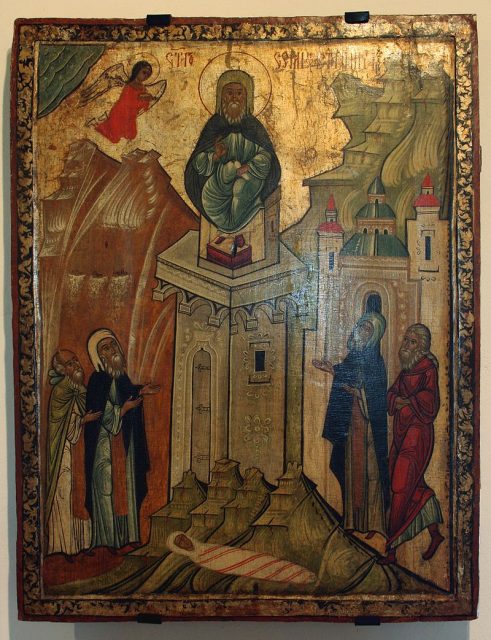
At a time when Christianity had just been accepted in the Eastern Roman Empire, there was a zeal for the new religion and its practices.
Simeon seems to have been truly affected by this, and by the time he reached thirteen, was already a serious devotee.
At 16 he entered a monastery, where sacrifice and deprivation were part of daily practice. Of all of the monks, Simeon was the most extreme, and his comrades there asked him to leave.
Simeon then erected a small hut where he lived for over a year and a half. Supposedly he spent the entire period of Lent that year without eating or drinking. When he came out of his dwelling, people claimed he had experienced a miracle and was looked on with some reverence.
He then practiced a new type of deprivation – standing until he could stand no longer. After a time, he decided on a new path to holiness – he would live in a narrow area and never leave. He chose a twenty-meter wide space on the slopes of a nearby mountain (now known as “Mount Simeon”). Unfortunately for Simeon, crowds of pilgrims and spiritual “seekers” constantly visited him and intruded on his suffering.
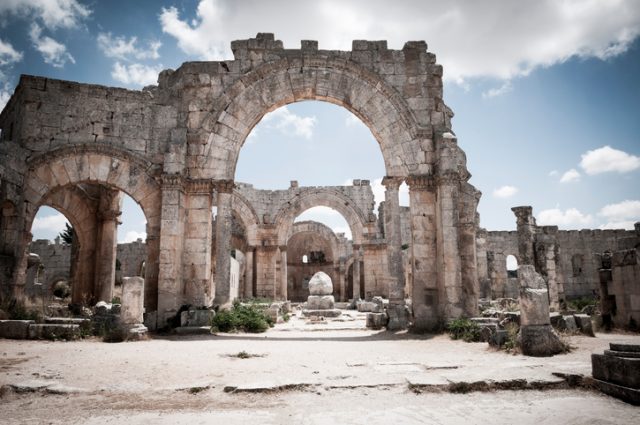
Simeon’s path was, to be honest, a selfish one. He sought God and wanted to purge himself of desire and worldly thoughts, but he didn’t have a message for others, nor did he expect others to live as he did.
Simeon truly believed he was earning himself a place in heaven. His time on Earth was finite. His time in Heaven would not be. To him, that was worth everything. What you did? That was your own business.
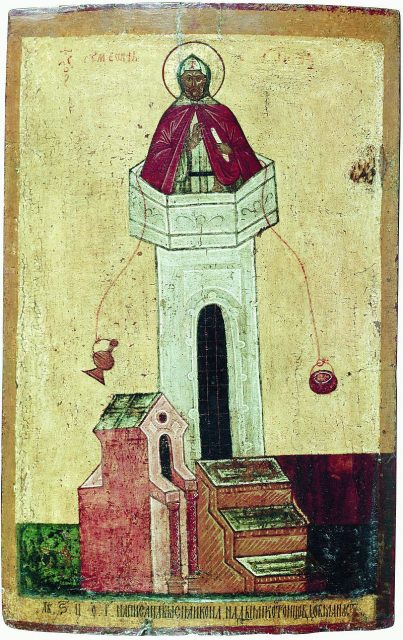
To get away from the crowds of people seeking his advice and wanting to be near his “holiness,” Simeon developed a new idea. Yes, a pillar. Simeon’s first pole was nine feet tall and had a small platform that measured about a square meter. On the edges of the platform were small pillars, or “balusters,” such as hold your banister up from the stairs. This prevented him from accidentally falling off.
From the start, Simeon determined to spend the rest of his life on his pillar. Small boys were sent from the local monastery with bread and milk for him, and at times he may have pulled up food left for him using a pulley system.
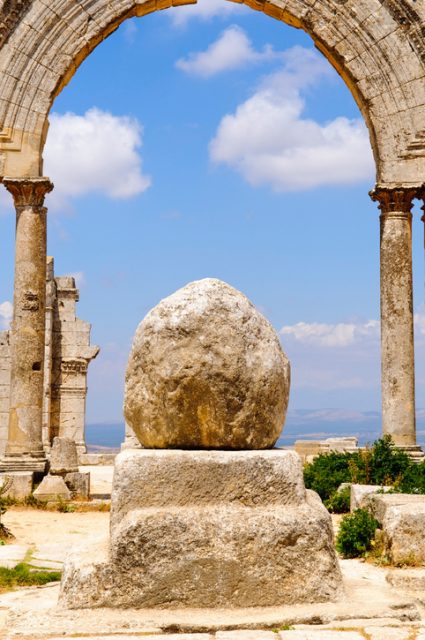
After a short time, the monks were concerned that Simeon’s behavior was a form of pride, not humility, so they tested him. They believed that if they ordered him down and he obeyed, that would be a sign he was on a path of humility. If he obstinately decided to stay – pride. They ordered, he started to come down, and the monks were satisfied. They told him to stay atop his pillar.
Nine feet is not high enough to lift one above worldly clamors (and people), so at times, Simeon changed to higher pillars. This occurred in the first seven years of his feat. But too many people wanted wisdom and to see if they could talk him down, so eventually, Simeon changed to a pillar some fifty feet high.
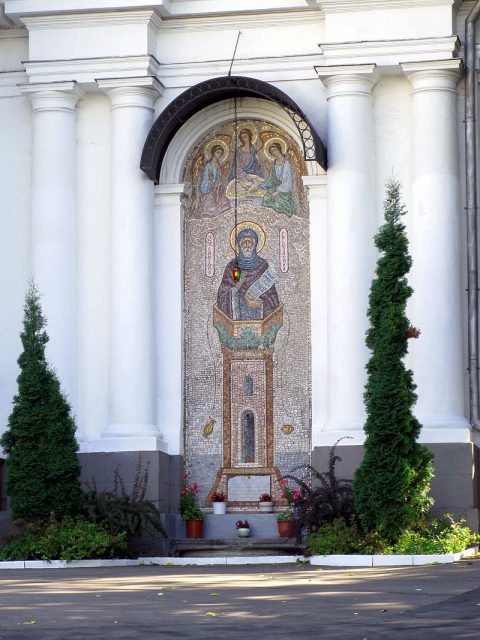
This begs some questions. How did he sleep? How did he eat? Drink. Clothing? And of course…how did he relieve himself?
He slept on his pillar, either sitting up or curled in a ball. He ate and drank sparingly, depending on the kindness of locals and the local monastery. Some say he stayed atop the pillar naked when his clothes wore out.
Others say that he was given clothes when this happened. For the last, some accounts have him relieving himself over the side, the lower portions of his pillar covered in excrement and urine. Others, a bucket.
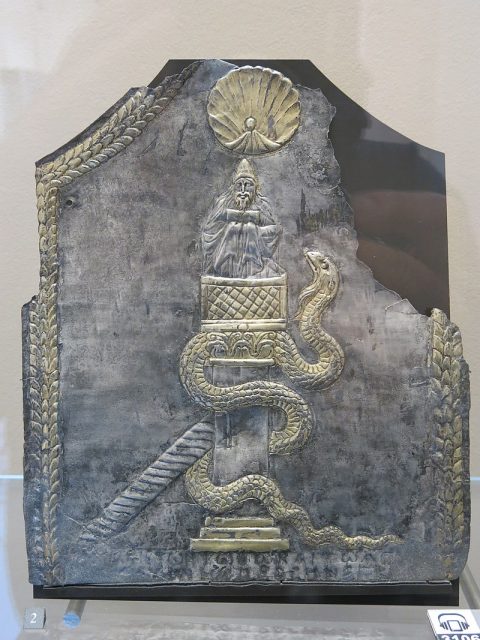
What we do know is that Simeon remained on his pillar for thirty-seven years. When he died, his almost weightless body was eaten through by infection and parasites, and seemingly had been in this state for some time until his death. He endured it all as part of the suffering he believed he had to go through to get to heaven.
Simeon the Elder was not the only Stylite. Others followed his example. They even took his name. The next most famous Stylite is known as…Simeon the Younger, who lived in what is modern-day Turkey. There were many others. Pillar sitting as a Christian religious practice seems to have died out by the late 6th century AD.
However, there have been some throughout the ages who have practiced this type of devotion. Most notably, a monk named Maxime Qavtaradze in Georgia has been living on a mountainous pillar for the past twenty years.
He does come down once or twice a week to counsel the young men who seek out his advice and lives in a very small hut atop the natural pillar. A movie called “The Stylite” was made about his experience.
